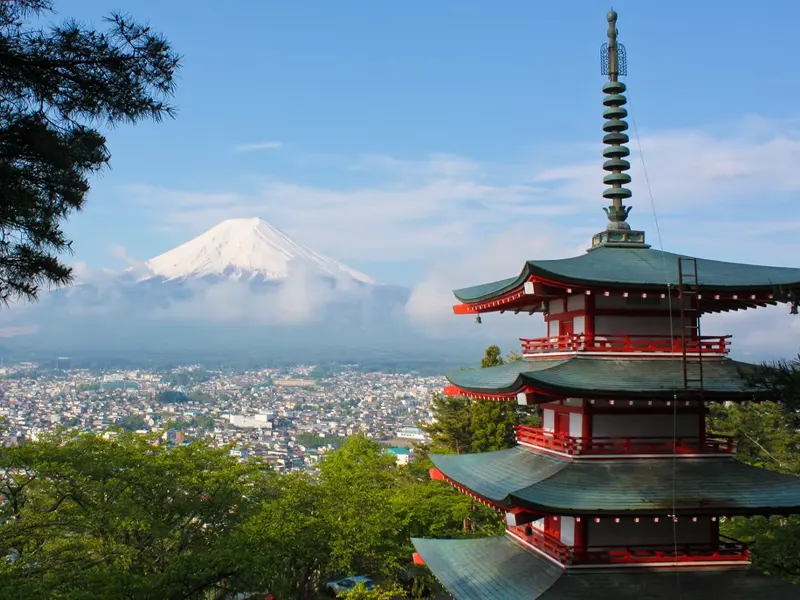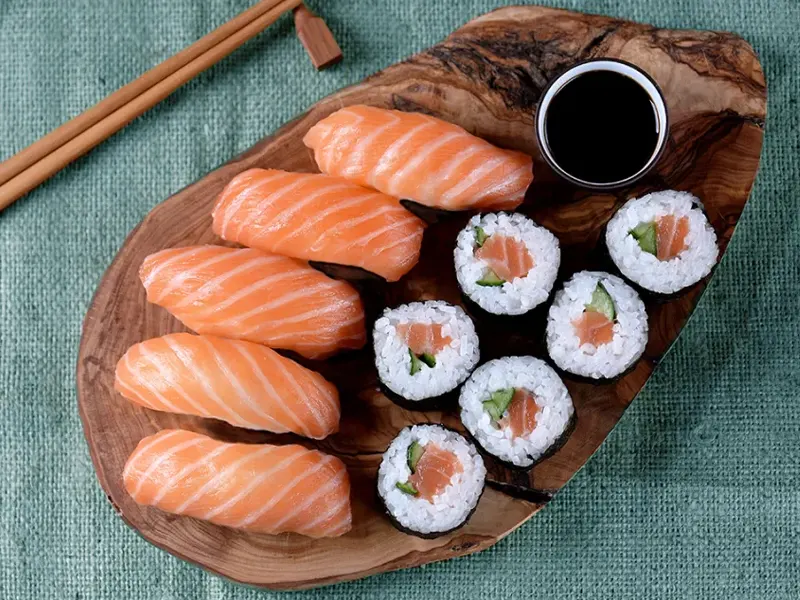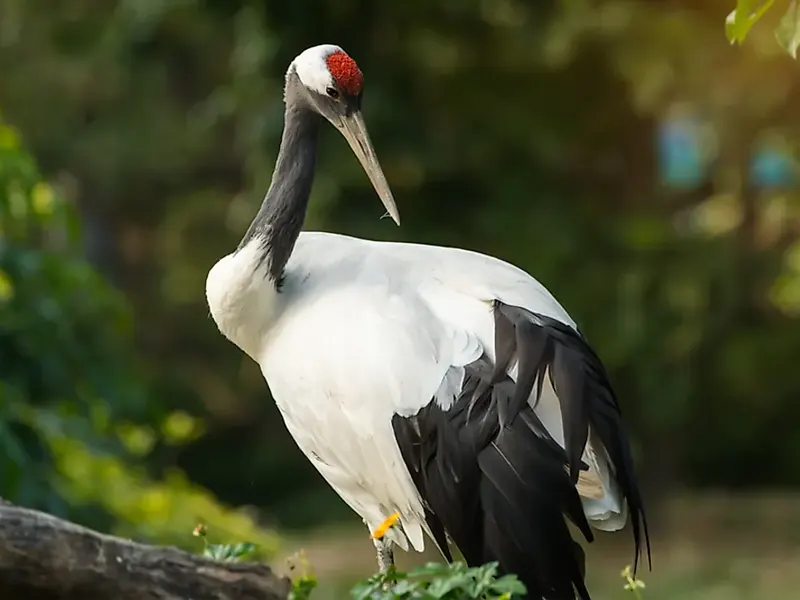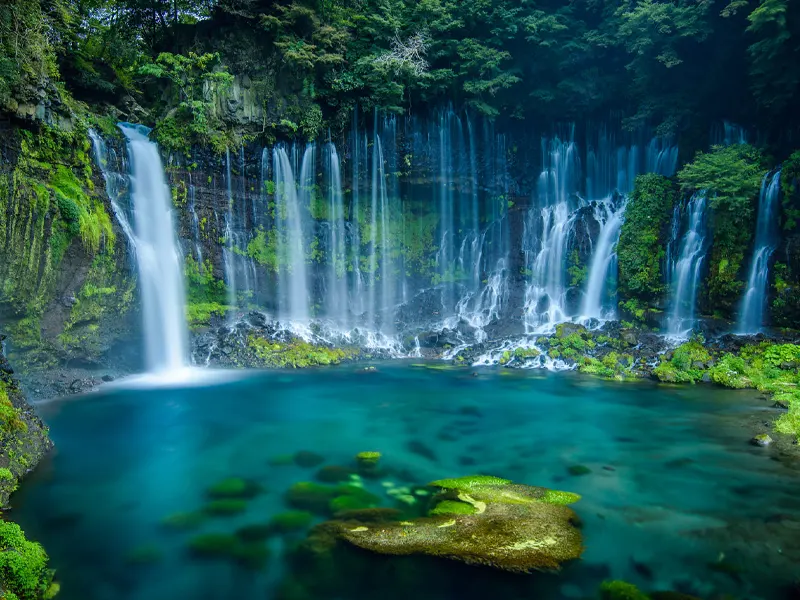Japan

Language → None (Japanese has de facto status)
Population → 125,840,611
Currency → Japanese yen (JPY) ¥

General weather Overview
Japan’s exposed location on the Pacific Ocean’s coast ensures
extremely high temperatures and humidity, particularly during the summer months. The monsoon
season occurs in late summer when warm air masses from the Pacific Ocean bring significant
rainfall. The winds flowing mostly from mainland Asia are the cause of rather cold weather
during winter, although they lessen as you travel south. The climate in the south is primarily
subtropical, with warmer and shorter winters. The north has a cold-moderate climate with plenty
of snow at high altitudes in the winter. Winters may be bitterly cold, while summers are
frequently hot and rainy.
Cities
Tokyo / Capital – Yokohama – Osaka – Nagoya – Sapporo – Fukuoka – Kobe – Kyoto –
Hiroshima – Sendai – Kanazawa – Nara – Nagasaki – Beppu – Himeji – Matsue

Fun facts
- Karate is the most popular form of martial arts in Japan. Karate began in Okinawa as a Pechin class common fighting system. Over time, this form of combat was used by the upper classes to study different styles of discipline. Karate can also be practiced for self-defense
- Japanese sake is made by fermenting rice. Sake is an alcoholic beverage in Japan that is usually drunk on any occasion. Sake is made from a yeast-fermented mixture of rice, rice koji, and water. The alcoholic drink can be enjoyed both hot and cold and goes well with dishes such as sushi and seafood
- Germany is hoJapan is considered the most polite country in the world. Japanese culture is known for its hospitality and selfless demeanor. Bowing is considered a common courtesy practiced every dayme to some of the most incredible castles in the world. There are over 20,000 castles in Germany, so you will be spoiled for choice when visiting. Whether you want to visit famous castles like Neuschwanstein or explore lesser-known castles, there is something for everyone.
Some popular local foods
Sushi, Udon, Tofu, Tempura, Yakitori, Sashimi, Ramen, Donburi,
Natto, Tamagoyaki, Soba, Tonkatsu, Miso Soup, Japanese curry, Gyoza, Wagashi


Some native animals:
Amami Rabbit, Red-Crowned Crane, Ussuri Black Bear, Stellar’s Sea Lion,
Japanese Pond Turtle, Green Pheasant, Japanese Giant Salamander, Sika Deer, Japanese
Macaque, Dugong
Couple of reasons to visit
- Onsens are Japanese hot spring baths filled with mineral-rich spring water heated by geothermal forces, much like a natural hot tub. The belief is that the hot springs have healing and rejuvenating powers at their peak. Bathing in an onsen is an incredibly relaxing experience and is popular with both Japanese and tourists alike
- Discover Japan's variety of peaceful, flourished landscapes. Tons of trekking and day journeys are available. Spots include lovely waterfalls, mountains engulfed in greenery, and crystal, vibrant lakes. Trekking to have a sweeping, panoramic view of the towering and much-prominent Mount Fuji. Head to the observatories to view the city of Tokyo from a bird-eye view and revel in the colorful surroundings from above
- Shopping is another reason why you should visit Japan, more for the local brands than the international ones, though almost all international luxury brands can be found. Tokyo and other major cities in Japan have world-class shopping malls as well as traditional markets where you can buy local unique handicrafts and souvenirs that cannot be found anywhere else
- Embark on a journey to discover Japanese history through incredible sites, you can learn a lot by visiting castles, temples, shrines, and more. One of Japan's best-preserved cities is Kyoto, home to more than 2,000 Buddhist temples and shrines; Nara, on the other hand, is home to several UNESCO World Heritage sites and some of the best temples in the country




